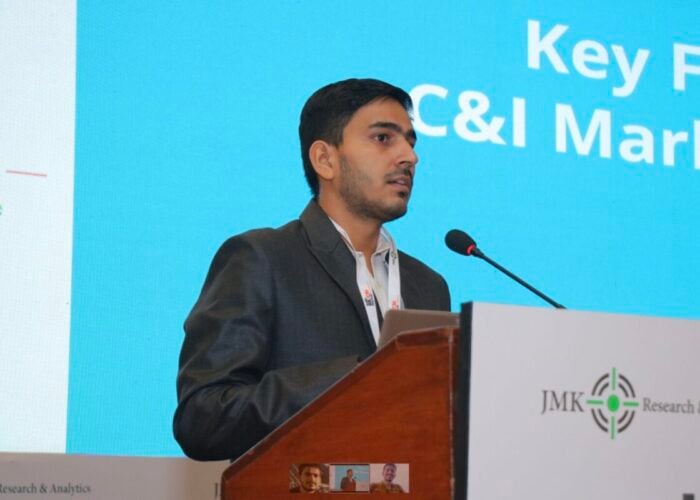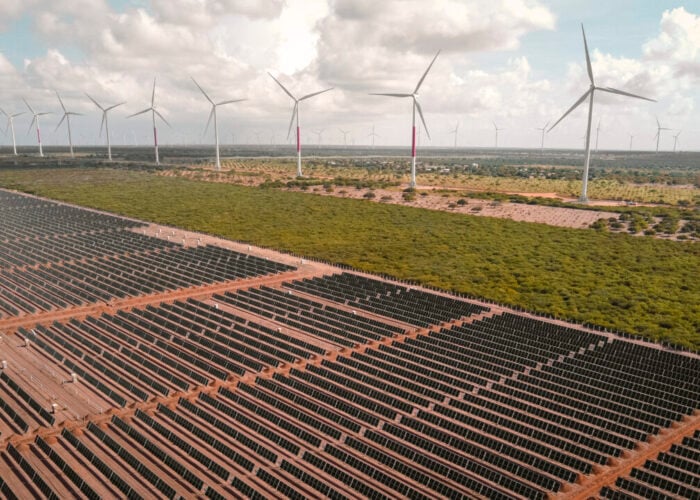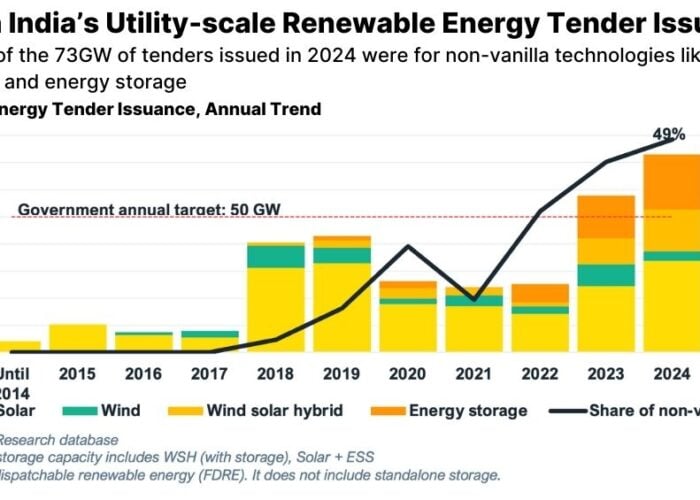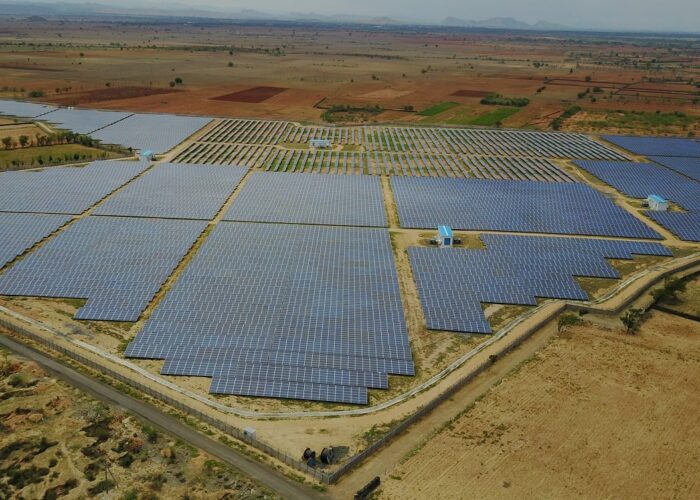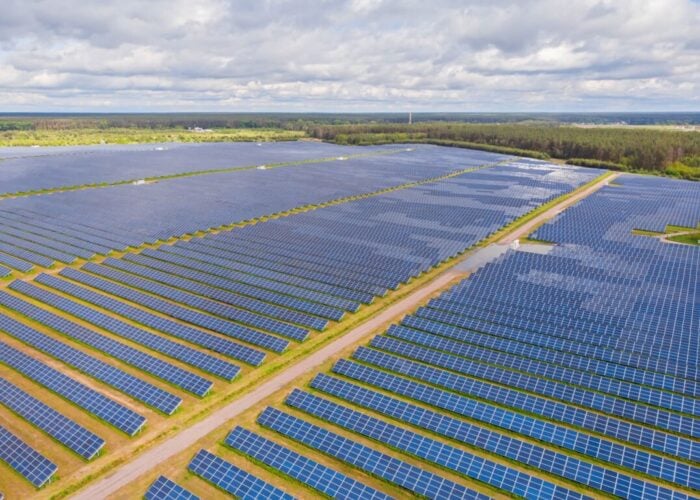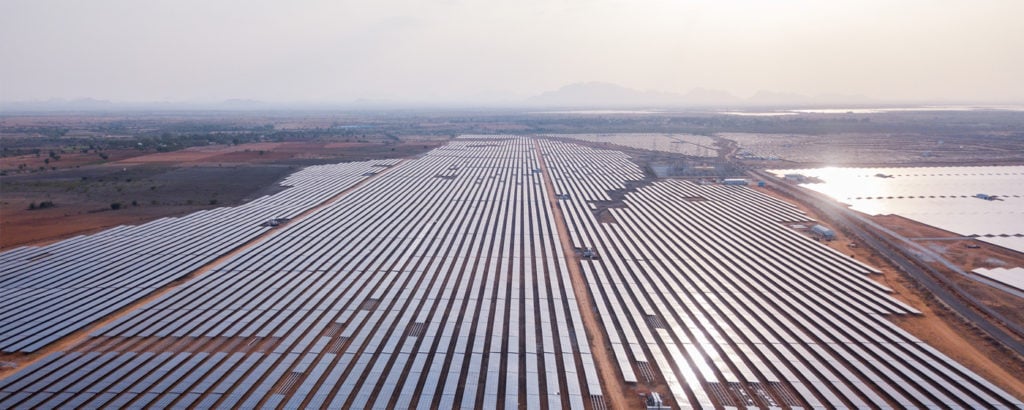
India presents an “enormous potential” for the development of solar and wind hybrid power systems, with more than 12.3GW of collocated tenders issued in the country to date.
That’s according to a recent report from market analyst JNK Research, which argues that combining both intermittent power systems into one hybrid project would ensure greater reliability and stability in India’s electricity grid.
Unlock unlimited access for 12 whole months of distinctive global analysis
Photovoltaics International is now included.
- Regular insight and analysis of the industry’s biggest developments
- In-depth interviews with the industry’s leading figures
- Unlimited digital access to the PV Tech Power journal catalogue
- Unlimited digital access to the Photovoltaics International journal catalogue
- Access to more than 1,000 technical papers
- Discounts on Solar Media’s portfolio of events, in-person and virtual
Or continue reading this article for free
Last October, JMK Research predicted that India’s wind-solar hybrid capacity will reach 11.7GW by 2023.
The Indian government released its National Wind-Solar Hybrid Policy in 2018 in an effort to enhance the country’s grid stability and provide a framework for large-scale projects, and India’s developers have already started working towards more hybrid deployment this year. In January, the Solar Energy Corporation of India (SECI) carried out an auction that saw 1.2GW of capacity awarded to companies such as Adani Green Energy, whose subsidiary received a contract to build a 600MW solar-wind hybrid project.
The total capacity issued in tenders for hybrid systems in the country currently stands at 12.33GW, with 6.26GW of this capacity allocated, according to JMK Research, which added that Adani and ReNew Power are “the most active players” in India’s wind-solar hybrid market.
Hybrid tenders, the report said, have received a “good response from the market, and are mostly fully subscribed with the lowest winning tariff in the range of Rs 2.41/ kWh- Rs 3.24/ kWh.”

